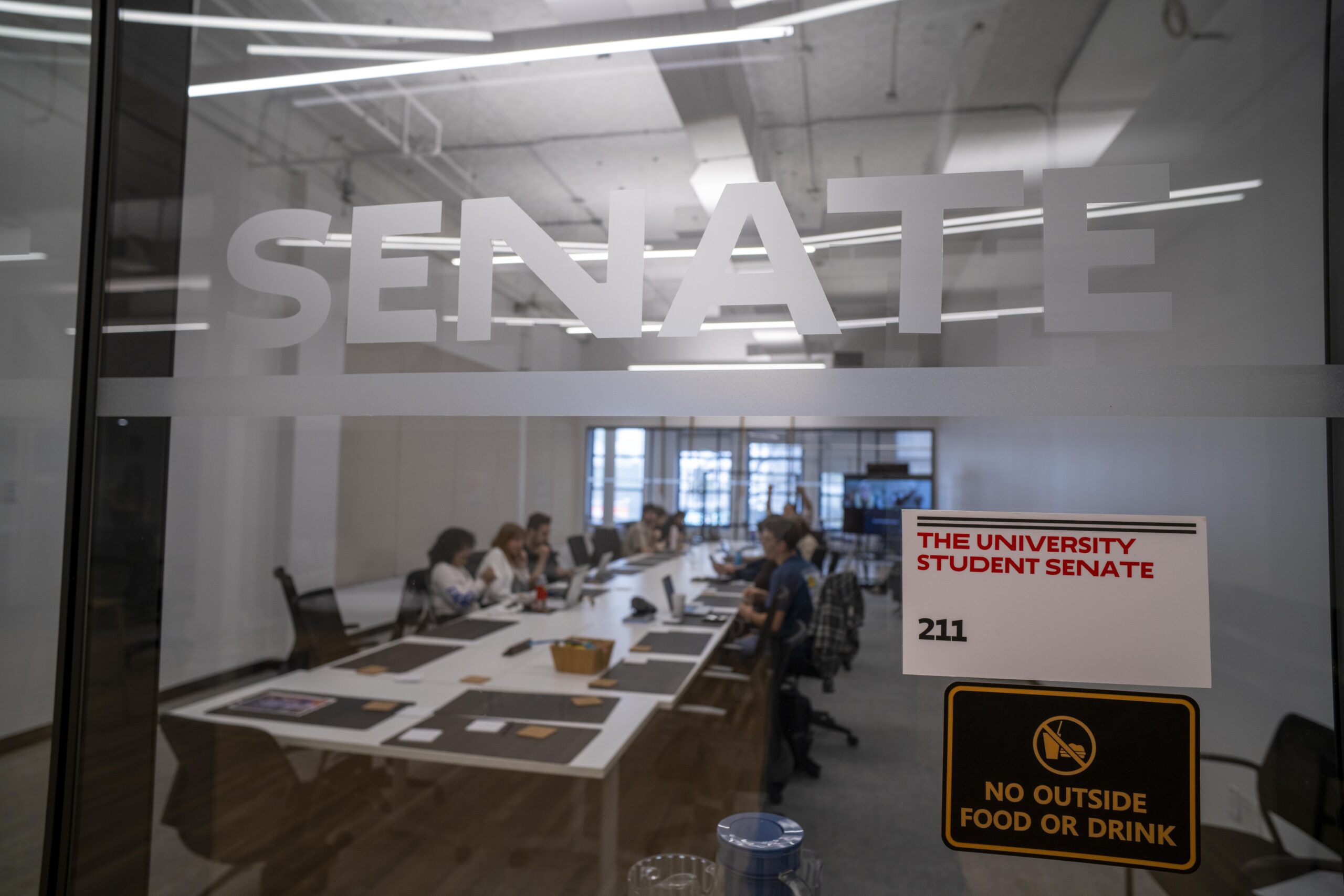The aftermath of Hurricane Sandy left much of New York, and The New School, incapacitated. All but two academic buildings and student housing facilities were plunged into the dark, leaving hundreds of students without the means to access their university. The administration had no choice but to cancel classes.
For the entirety of the week following Sandy, there was a lone lifeline on campus — students were offered refuge in Arnhold Hall, at 55 W. 13 St., where they were provided with electricity, water, food, internet access, and more importantly, a place to sleep if needed. However, critical aspects of the university’s infrastructure, compounded with limited phone and internet access, left communication between the administration, students and their parents a pressing issue.
Climate change has raised the profile of natural disasters in the last decade, and it is safe to say that New York City is not accustomed to events of Sandy’s caliber. The storm has set a precedent for The New School — and all other universities in the city — to follow. Climate change is real, and ensures that natural disasters of this scale will be an adversity in the 21st century. This is now a reality that New York and neighboring communities should expect in the years to come.
It is imperative that The New School release a comprehensive disaster plan to its community of over 10,000 members. A disaster plan will not ensure that the university will be immune to natural disasters, but will mitigate the difficulties faced during Sandy — strained lines of communication, lack of basic items such as flashlights and long-term housing for stranded students, among other things.
Sandy should serve as a lesson to The New School community as a whole on disaster readiness. In addition to the creation of a cohesive plan, it is imperative that students, faculty and staff understand the severity of climate change and become educated on how to deal with the challenges it will pose in the future.







Leave a Reply